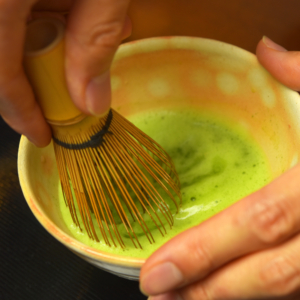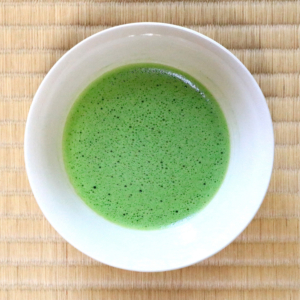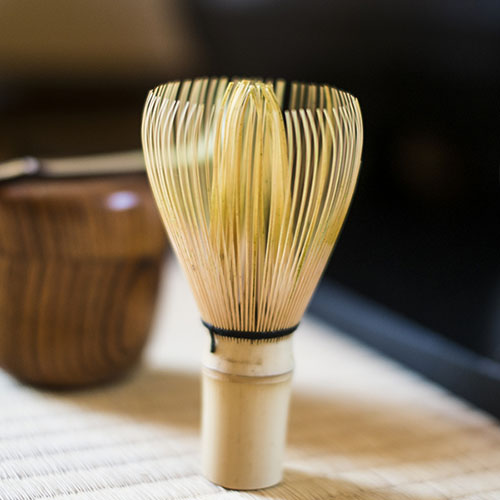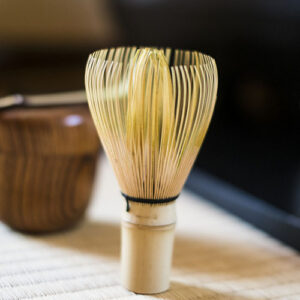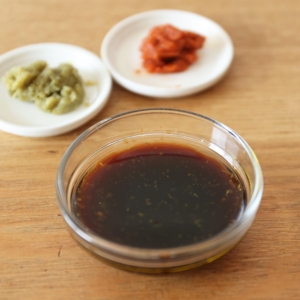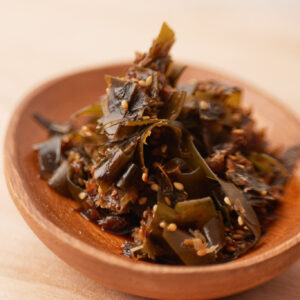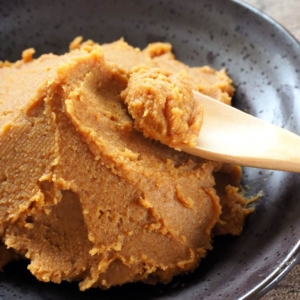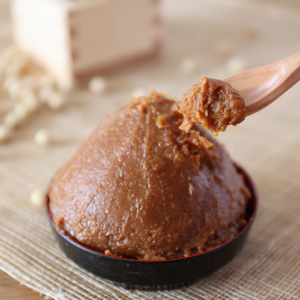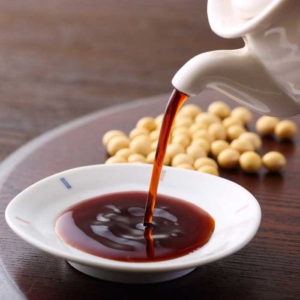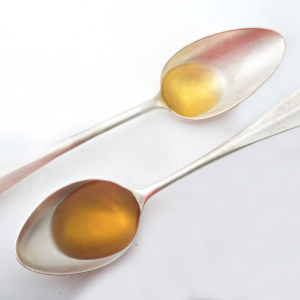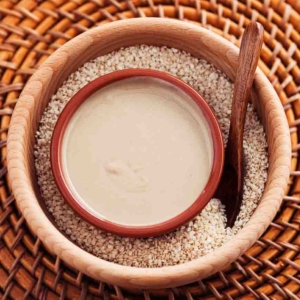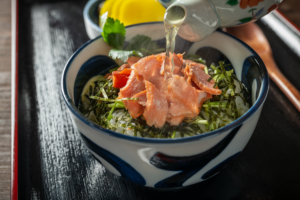There are a lot of matcha whisk options in the market. Do you plan to use a matcha whisk for a traditional ceremony? Or do you plan to use it for daily use? It’s important to choose the best one based on your needs.
Here’s a simple comparison between a traditional bamboo whisk and a reusable resin whisk.
What is Chasen
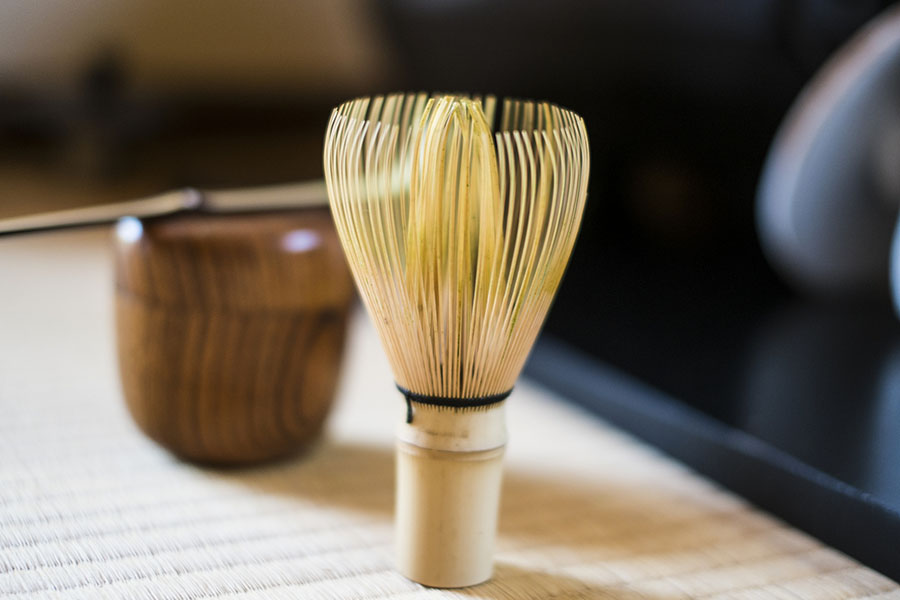
Chasen, also commonly called matcha whisk, is a traditional Japanese tool to whisk matcha. The thin bristles will help froth the match with just a rapid yet simple whisking. This tool has been used for a long time ago and is one of the crucial elements of the Japanese tea ceremony.
Matcha whisk is traditionally made from bamboo. A stalk of bamboo is sliced with a knife into fine bristles and then the bristles are separated with threads. The making of a traditional whisk is very detailed, that’s why one bamboo whisk can be marked up to ten to forty dollars.
How To Use Matcha Whisk (Chasen)
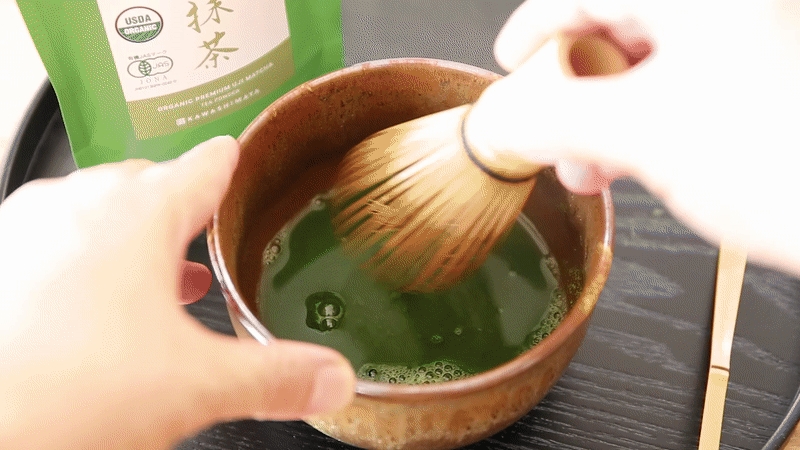
To make the desired froth of matcha, it’s important to know the correct way to whisk matcha with chasen. Instead of moving in a circular motion as you would using a regular whisk when you mix something, it’s better to do a fast front and back linear movement to bring out fine bubbles from the green tea. This froth can make matcha taste more creamy and light to compliment its slight bitterness.
Bamboo Matcha Whisk VS Resin Matcha Whisk
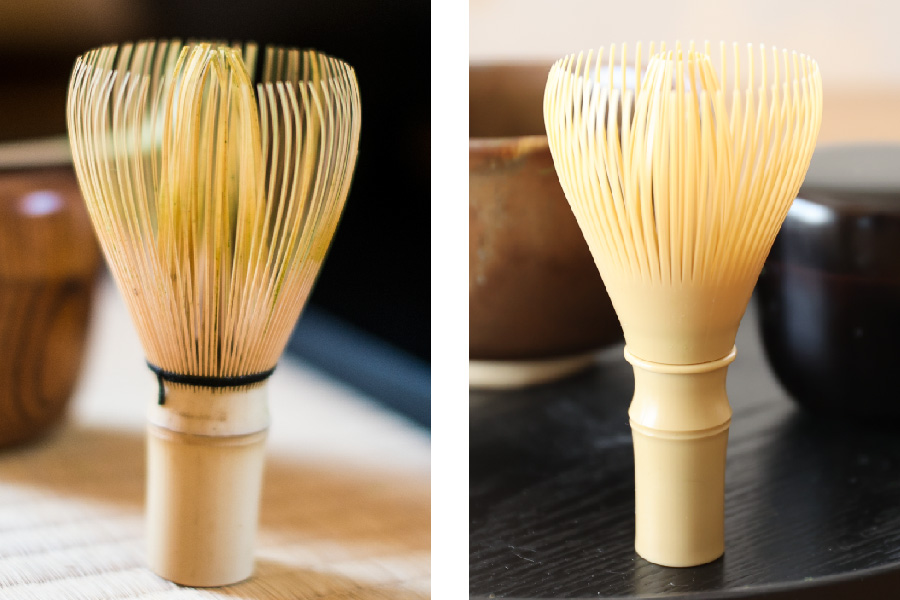
Bamboo Matcha Whisk
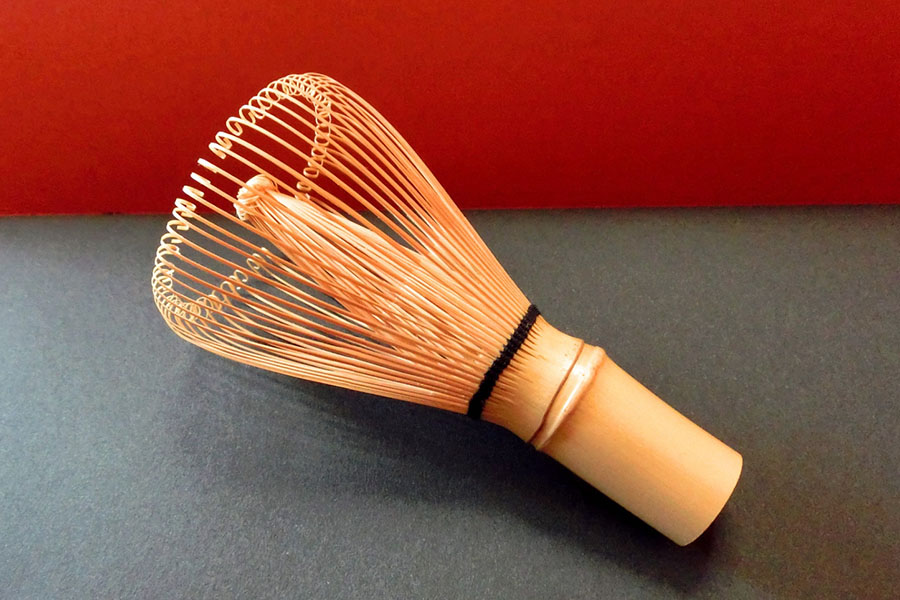
An authentic bamboo whisk made in Japan can be the best choice especially if you’re using it for an official Japanese tea ceremony. Besides, the ceremony itself is more about the order of the process and tradition rather than the tea itself. Therefore, buying an authentic Japanese bamboo whisk or chasen could be the right thing to do.
However, the price of an authentic Japanese bamboo matcha whisk can be a bit of a hurdle. Especially since the whisk itself is usually not durable due to its fine tips. Another con of bamboo whisk is that it is quite hard to clean. The bamboo fibers can absorb moisture and easier to develop mold. Washing it after every use can break the tips. If you use a bamboo whisk with brittle bristles, you may end up with some unwanted bamboo particles in your tea. So whether you like it or not, you might have to buy a pricy matcha whisk over and over again if you use it frequently.
There are however many bamboo matcha whisk options that are produced outside Japan, however, the quality can often be unreliable and even sometimes less sturdy than the pricey made-in-Japan ones.
Resin Matcha Whisk

With a lot of concern for traditional bamboo whisks being too easy to break, currently, you can find matcha whisks made with food-grade resin specially designed for long durability.
Though not traditional, a resin matcha whisk can be the perfect choice for frequent usage. Whether for whisking practice or just for everyday use at home.
Because it is made from durable material, you can use it without having to worry about mold or fragile bristles. In fact, it is easier to clean since it won’t absorb moisture and can be disassembled for easier cleaning.
Some may worry about the plastic losing its shape after whisking matcha brewed with hot water. But resin matcha usually has a quite high heat endurance. And if it really does change shape, you can put it back in the matcha stand and pour hot water over it to let it return to its original shape. Usually, reusable resin matcha whisk is sold as a set with the matcha stand. So you needn’t worry about where to find it.
Related Articles

